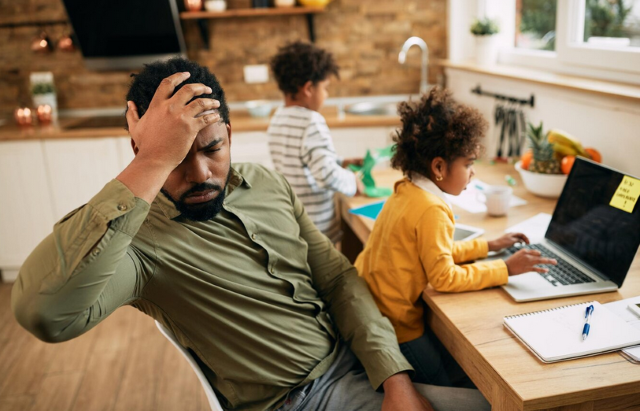Anxiety isn’t only an adult struggle. Studies estimate that approximately 1 in 5 children worldwide (up to 20.5%) struggle with anxiety-related disorders. Yet, parents often unintentionally nudge their kids into stress without realizing it.

“Sometimes anxiety can be hard to pinpoint as kids can manifest anxiety in different ways,” Dr. Khadijah Booth Watkins, associate director of the Clay Center for Young Healthy Minds at Massachusetts General Hospital said in a recent interview with Huffpost. “This can be due to many factors such as the type of anxiety they’re experiencing, their age, or their language skills.”
Take note, here are a few unexpected ways parents may be fueling their child’s anxiety according to the experts.
Ignoring Your Own Stress
Children are highly sensitive to their parents’ emotions. Dr. Booth Watkins emphasizes, “Our kids are quite attuned to what is going on with us.” Managing your own anxiety models emotional regulation for them.
Encouraging Avoidance
Avoiding uncomfortable situations may provide temporary relief, but it teaches kids that discomfort is dangerous which, in turn, fuels long-term anxiety.

Silencing Feelings
Brushing off emotions or telling kids to “just get over it” can cause them to internalize stress instead of expressing it.
Praising Only the Outcome
Focusing only on high grades, trophies, or wins sends the message that performance is everything. This tends leaving kids afraid to try when success isn’t guaranteed.
Over-Scheduling
When children have no downtime, their nervous systems never get a break. Over-scheduled routines may look productive but often lead to burnout for both the child and parent.
Hovering a Little Too Much
Over-involvement can signal a lack of trust, making kids doubt their own ability to manage life. Independence, not micromanagement, builds confidence.
Discounting Small Wins
Minimizing progress, whether it’s learning to tie shoes or finishing a book, can make kids feel overlooked. Remember, validation fuels resilience. Shielding from Failure Trying to protect kids from all mistakes may send the message that failure is unacceptable. Learning how to recover from setbacks builds emotional muscle.

“Anxiety is a normal part of life,” Dr. Booth Watkins reminded us all in her interview. “Everyone needs coping strategies for it. One of the most important things you can do as a parent is to help your child learn the unique toolkit of skills that helps them deal with anxiety.”
Below is our parent checklist to help your children shift from anxiety-inducing behavior to anxiety-reducing behavior
- Check in with yourself first. Are you modeling calm behavior? Kids will mirror you.
- Encourage small risks. Let your child order at a restaurant or speak up in class.
- Celebrate the effort, not just the result.
- Allow space for emotions. Give your child room to feel, even if it’s uncomfortable.
- Avoid the rescue reflex. Let them struggle a little before stepping in to help.
- Make room for rest. Downtime is not wasted time, it’s healing time.
- Talk openly about feelings, normalize them.
- Let them fail safely. Mistakes are practice, not proof of failure.
With a few intentional shifts, parents can turn everyday moments into confidence-building lessons and help kids grow into emotionally resilient, self-assured individuals.







